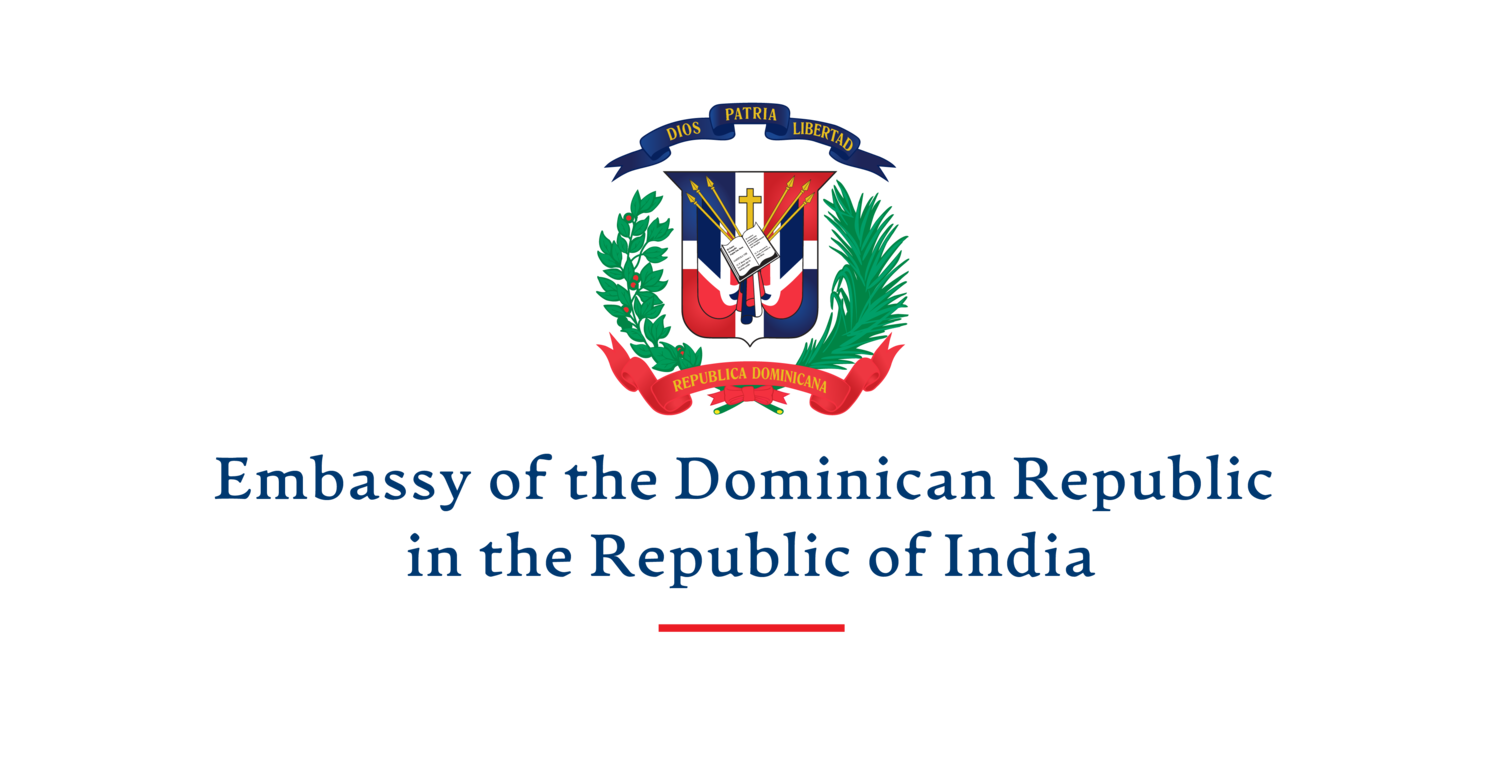A very brief introduction to the world of Bachata
Photo © iASO Records
One cannot speak of contemporary music from the Dominican Republic without uttering the name Bachata, which has become a global music phenomenon. Emerging from rural social gatherings, Bachata is a danceable genre that has taken by storm the radio stations from all over the world and has inspired people from the most diverse cultural backgrounds to move their hips to its unique cadence. Today, Bachateros, the name given to those who interpret this music, are world renowned musicians selling out stadiums, winning international musical awards and achieving pop-icon status.
Sometimes referred to as “the Dominican Blues”, Bachata is a guitar centered music with lyrics that, in general, speak of love, heartbreak and longing for the departed lover. Hence, another name for bachata is “Música de amargue”, loosely translated to “a music for bitter moments”. Musically, it is derived from a fusion of rhythmic bolero with other Afro-Antillean genres such as Son, Cha-cha-cha, Merengue, among others.
Beyond its musical production, Bachata is a culture. Bachateros don’t play their guitars they make them “weep” or “cry”, with a virtuous-level use of thumbpicks. It is normally performed by a group of 4 or 5 people, with a call and response section between the lead singer and the rest of the musicians. Although today it is also danced in open or semi-closed positions, originally Bachata was danced in a closed position evoking the romantic intimacy of its lyrics.
A milestone for this dominican rhythm of humble origins, was it’s inscription, in 2019, in the Representative List of the Intangible Cultural Heritage of Humanity of the United Nations Educational, Scientific and Cultural Organization, UNESCO.
We invite you to explore the world of Bachata through the following multimedia content we have curated for this blog entry.



